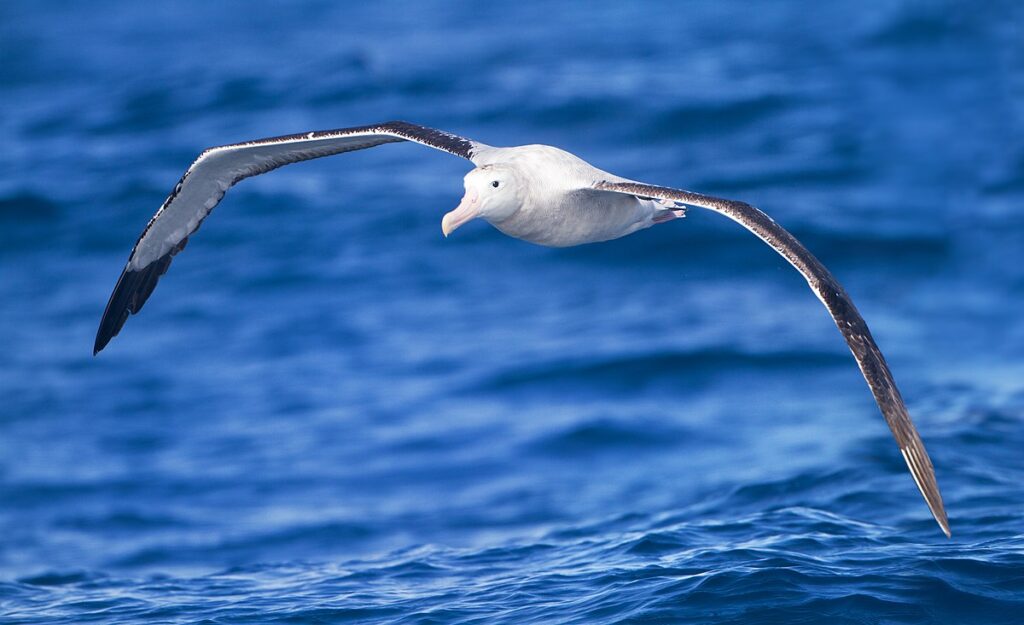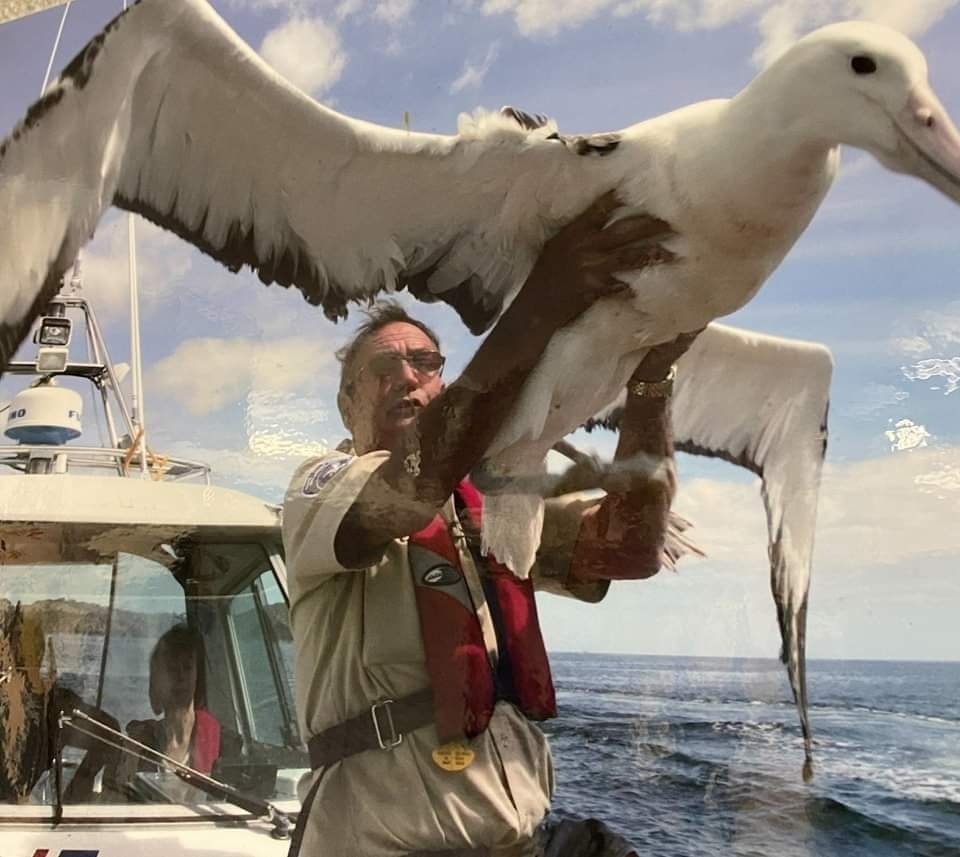
The albatross is the largest bird that can go years without landing. They spend their first six years of life flying over the ocean before coming to the land to mate. Albatrosses are capable of traveling more than 10,000 miles in a single journey and circumnavigating the globe in 46 days.

Albatrosses are able to fly for such long periods of time because of their unique anatomy and physiology. They have large wingspans, which can reach up to 12 feet, and their bodies are streamlined to reduce drag. Albatrosses also have a special type of feather that helps them to repel water.
Albatrosses are also able to conserve energy by soaring. They can glide for long distances without flapping their wings, taking advantage of the wind currents. Albatrosses also have a low metabolic rate, which means that they don’t need to eat as much as other birds.

Albatrosses are an important part of the marine ecosystem. They help to control populations of fish and squid. Albatrosses are also indicators of the health of the ocean. If albatross populations are declining, it is a sign that the ocean is in trouble.
The Albatross in Danger
Albatrosses are threatened by a number of factors, including habitat loss, pollution, and overfishing. Albatrosses are often caught as bycatch in fishing nets. Albatrosses are also vulnerable to plastic pollution. Albatrosses can mistake plastic pellets for food and eat them. This can lead to blockages in their digestive system and death.

What Can We Do to Help Albatrosses?
There are a number of things that we can do to help albatrosses. We can reduce our use of plastic and dispose of plastic properly. We can also support sustainable fishing practices. We can also learn more about albatrosses and their importance to the marine ecosystem.
Albatrosses are amazing creatures that are well-adapted to their oceanic lifestyle. They are also important members of the marine ecosystem. We can all do our part to help protect albatrosses and ensure that they continue to soar through the skies for generations to come.